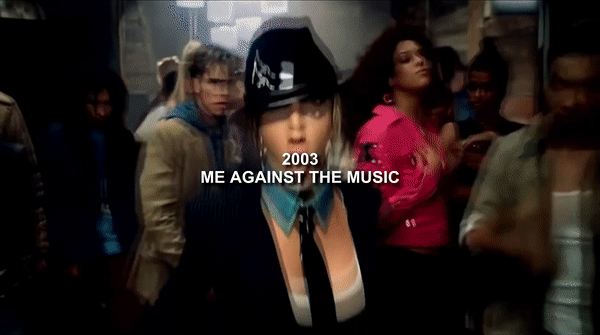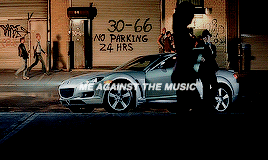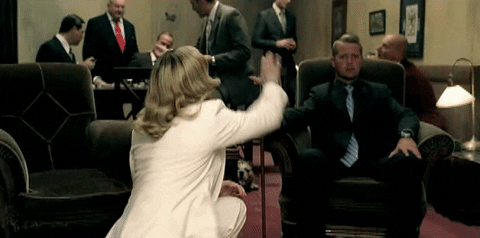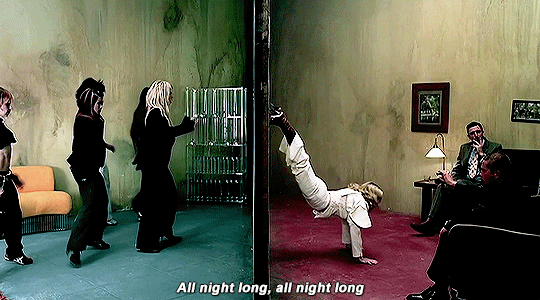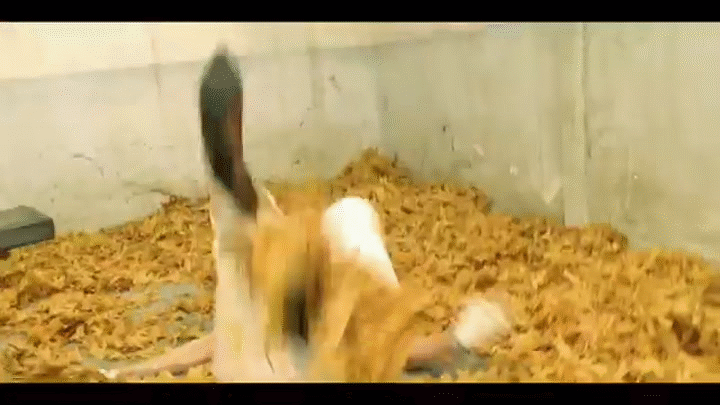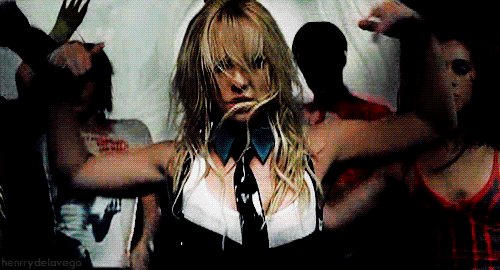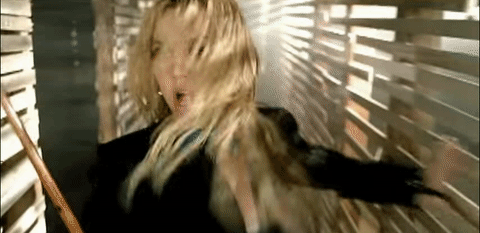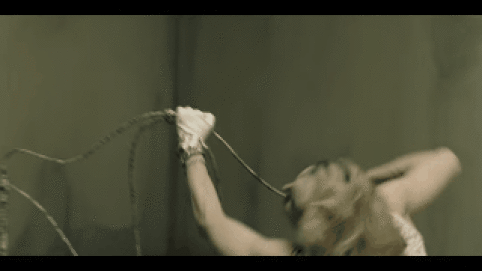November Chronicle by Till Langschied
‘All my people in the crowd gran a partner take it down.’
The Argentine-American feminist writer and philosopher Maria Lugones published a collection of texts called “Peregrinajes/Pilgrimages: Theorizing Coalition Against Multiple Oppressions” in 2003. In the tenth chapter of this work Lugones introduces the “Tactical Strategies of the Streetwalker/Estrategias Tácticas de la Callejera” where she explains how theoreticians and politicians view society from a disengaged position of power. In opposition to these strategists Lugones positions the streetwalker, who is in direct contact with the city and other bodies, and asks what acts of resistance this character without the neoliberal idea of agency can perform. Lugones argues for a “more dispersed, more complex, multiple, interactive, uncertain, and necessarily engaged understanding of the social” as part of a creative resisting on a street level, mostly happening in the so-called hangouts; places of meetings and exchange.
The complex social structure described by Lugones might be hard to envision, so it is a blessing that one of the greatest artists and political thinkers of our time rose to the challenge and simultaneously with Lugnoes published a complex audio-visual work in 2003 called “Me against the music” (Fig. 1). We are talking of no other than the legendary Miss Britney Spears (as she has been introduced in her critique of late-capital media spectacles in the song “Gimme More”).
Britney acts in this song and the accompanying music video as the figure of la callejra. In the beginning she steps out of a new car (Fig. 2), that reveals itself soon as a Mazda – standing far from fancy allures – and not comparable with the luxury cars listed by her in her critique of never ending work in techno-feudalism in her song “Work, Bitch” (Maserati, Bugatti, Lamborghini). Also, Britney is dressed in a sexualized suite, combining eroticism with business, linking her directly to sex workers, where sexualized appeals are commodified. As she enters the hangout to meet her fellow streetwalkers, she pears up, literally ‘in the shadow’ of the brim of the hat she is wearing (Fig. 3). From the beginning on Britney’s character shows signs of marginalized communities. This puts her on the fringes of society, but at the same time she is never portrait as a weak figure.
Her opponent – the disengaged strategist – is watching her via several screens from a distant and cold room. This powerful figure is portrait by Madonna (who is not credited in the song title, hinting to her detached and ambiguous role) who is wearing a white suite and is carrying a fancy cane which she uses as a kind of weapon while dancing (Fig. 4). Madonna is an abstracted dialogue with Britney, but when they dance, they dance in separate rooms, a wall in between them. Her movements are over the top and artificial, showing that she is not in contact with other bodies around her, in contrast to Britney who engages in synchronized choreography with her fellow hangout inhabitants (Fig. 5). Underlining the artificial character of the planner of city and nature, Madonna is shown in a concrete room with a tree inside it. Nature in confined and orchestrated (Fig. 6). Nothing can be truly organic in the world of the strategist. To her this play of power and resisting is a game, leading her to taunting remarks like ‘Hey Britney, You say you wanna lose control’.
The contrary to this artificial world is the bar/club/sex dungeon that Britney and her fellow streetwalkers inhabit and fill with dance, joy and intense eroticism. She starts off with demanding ‘All my people in the crowd gran a partner take it down.’ emphasizing the collective, the need for togetherness and exchange. Britney refers to this place as the zone (in relation to her 2003 album title) instead of the hangout and keeps proclaiming that ‘I wanna get in a zone’ (Fig. 7). Here the ‘body-to-body engagement’ which Lugones emphasizes is tangibly present. In small spaces sweaty bodies are constantly touching (Fig. 8). Within this closed reality each person has to find her ‘active subjectivity’ which enables them to perform resistance to the laid out grid in small acts. Lugones writes ‘Hanging out opens our attention to transmutations of sense, borders of meaning, without the enclosures and exclusions that have characterized a politics of sameness.’ Another important character of the hangout is according to Lugones its permanence. Therefore, it is not surprising to read at the beginning of the videoclip a sprayed message declaring the need for accessibility to the hangout as ‘24 hours’.
Next to this hangout space is a wooden labyrinth we want to title as the maze. A confusing and poorly constructed wooden structure is disorienting for the people moving in it (Fig. 9). This maze must be understood as the layout city grid of the strategist. The characters lose themselves in the maze. It is here that for the first time the strategist Madonna and la callejera Britney are in the same space. Still, Britney is unable to catch the strategist and can only find traces of her, like her cane and is thereby de-weaponizing the strategist. Madonna has to flee because she is unable to navigate her created grid once she finds herself within it (Fig. 10), or as Lugones puts it ‘But the strategist cannot understand the logic of the tactical from the strategic position’.
When the two opponents finally meet, they do so in an empty bed frame (Fig. 11). Private and political means merge in this space, which once again resembles a grid, or a literally framing of behavior and potential desires. It is only in the last second that Britney seems to be able to catch and pinpoint Madonna, but in a moment of seemingly successful resistance the strategist vanishes into thin air (Fig. 12). As Lugones write in reference to Michel de Certeau: ‘Whatever the tactician wins, it cannot keep.’
BACK TO INTRODUCTION: COOP study group ~ A Blues For Essential Workers

